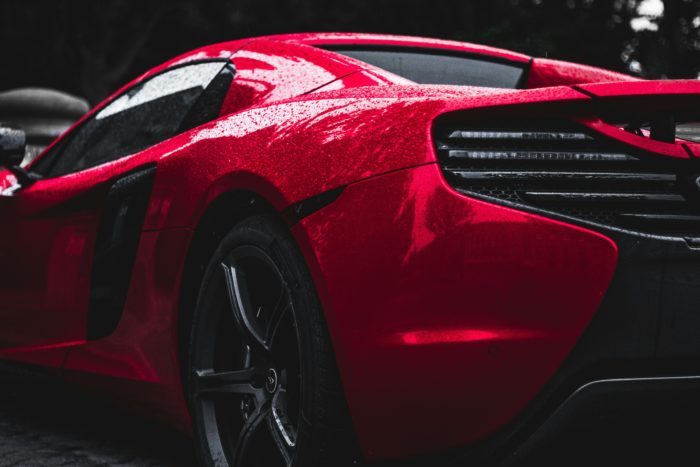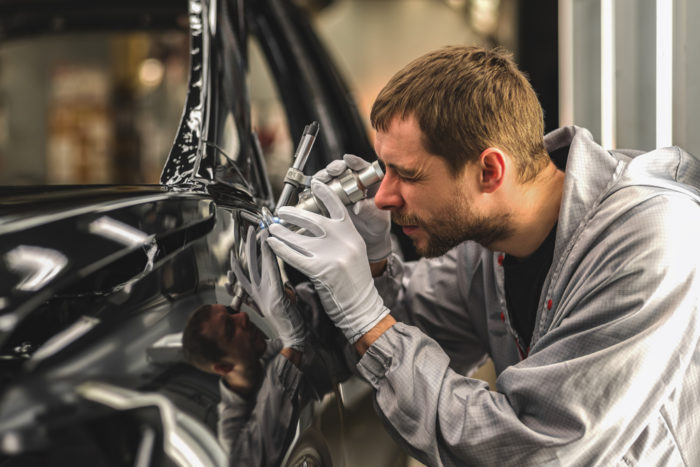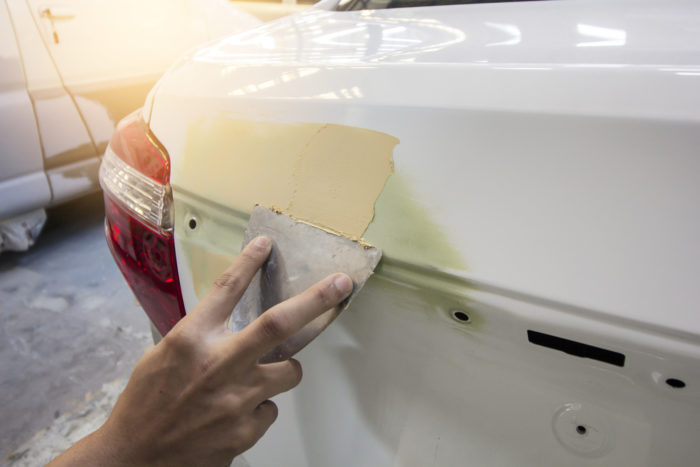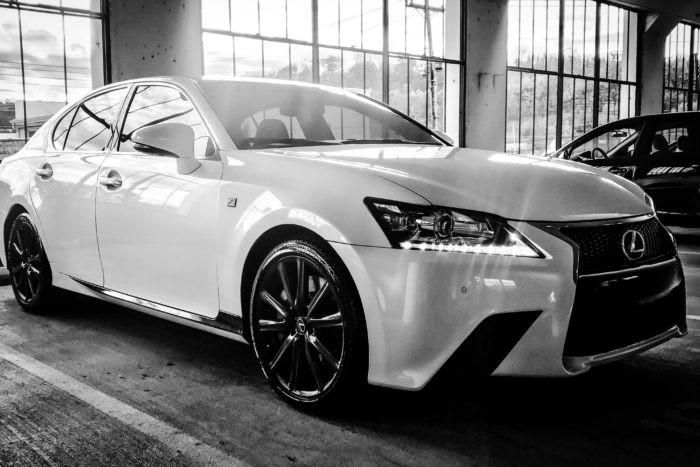Can I Paint My Car At Home?
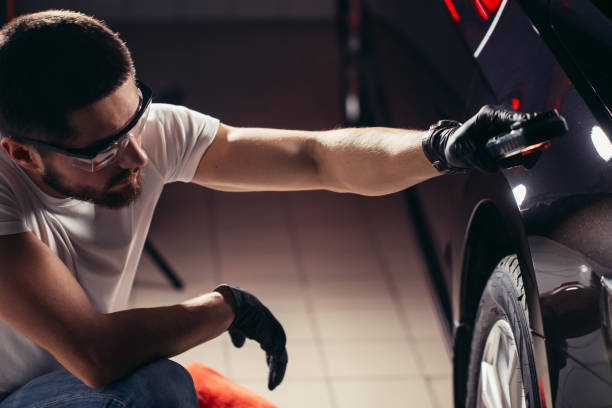
Yes, you can paint your car at home, but achieving a high-quality finish requires careful preparation, the right tools, and attention to detail. Painting a car is a challenging DIY project that involves several steps, each important to ensure a durable and professional-looking outcome.
Here’s a general overview of what the process entails…
Preparation
- Choose a Suitable Location – You need a well-ventilated, clean, and dust-free area to paint your car. Many people use their garage, but it’s important to ensure good airflow while keeping dust to a minimum.
- Gather Materials and Equipment – At a minimum, you will need automotive paint, primer, clear coat, a high-volume low-pressure (HVLP) spray gun, an air compressor, sandpaper of various grits, masking tape, and safety equipment (respirator, gloves, goggles).
- Prepare the Surface – The car’s surface must be thoroughly prepped before painting. This includes washing, sanding, and repairing any dents or rust. The car should be sanded down to create a smooth surface for the primer and paint to adhere properly.
- Mask Off Areas – Use masking tape and paper to cover windows, trim, and any other parts of the car that you don’t want to paint.
Priming
- Apply Primer – Primer is essential for ensuring good adhesion of the paint to the surface and for achieving a uniform color. Apply the primer in even coats, following the manufacturer’s instructions for drying times.
- Sanding the Primer – Once the primer is fully dry, sand it with fine-grit sandpaper to achieve a perfectly smooth surface. Clean off the dust before proceeding to paint.
Painting
- Mix the Paint – Follow the manufacturer’s instructions for mixing the paint with thinners or activators.
- Spray the Paint – Using the HVLP spray gun, apply the paint in several thin coats to avoid runs and drips. Allow adequate drying time between coats, as recommended by the paint manufacturer.
- Apply Clear Coat – After the final coat of paint has dried, apply a clear coat to protect the paint and add gloss. The clear coat also requires sanding and buffing for a smooth finish.
Finishing Touches
- Buffing – Once the clear coat is fully cured, buff the surface to achieve a glossy finish.
- Reassembly – Remove all masking tape and paper, and reattach any parts you removed before painting.
Considerations
- Time and Patience – Painting a car is time-consuming and requires patience, especially if you’re aiming for a professional-looking finish.
- Cost – While painting a car at home can be cheaper than professional paint jobs, the cost of materials and tools can add up.
- Skill Level – Successfully painting a car requires some skill and practice, particularly in achieving even coats and avoiding common issues like orange peel, runs, and sags.
- Safety – Ensure you use appropriate safety gear to protect yourself from paint fumes and particulates.
Painting a car at home can be a rewarding project, but it’s important to approach it with realistic expectations about the time, effort, and skill required to achieve a high-quality finish. If you’re new to painting, you might consider practicing on smaller projects first to develop your technique.


